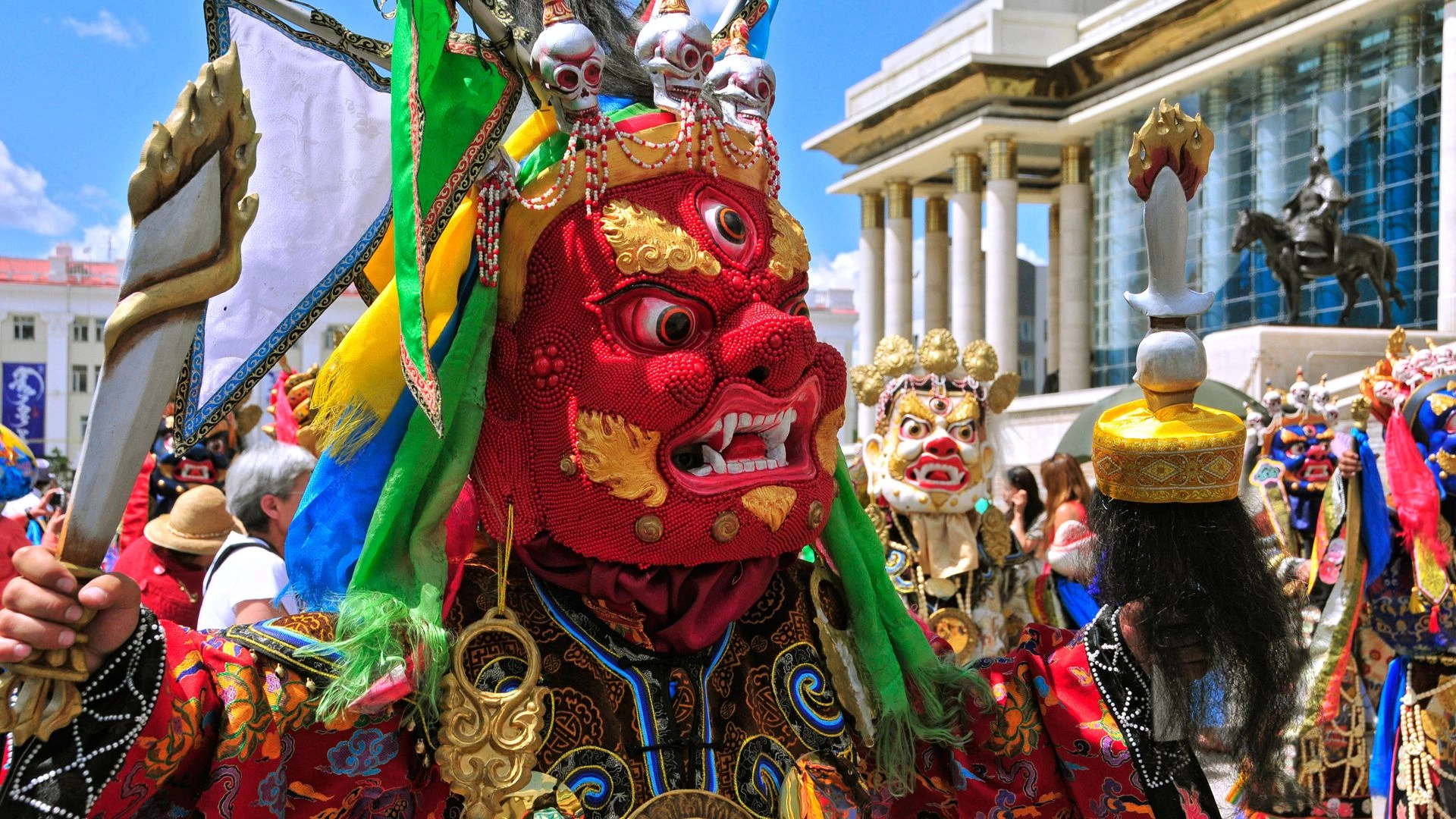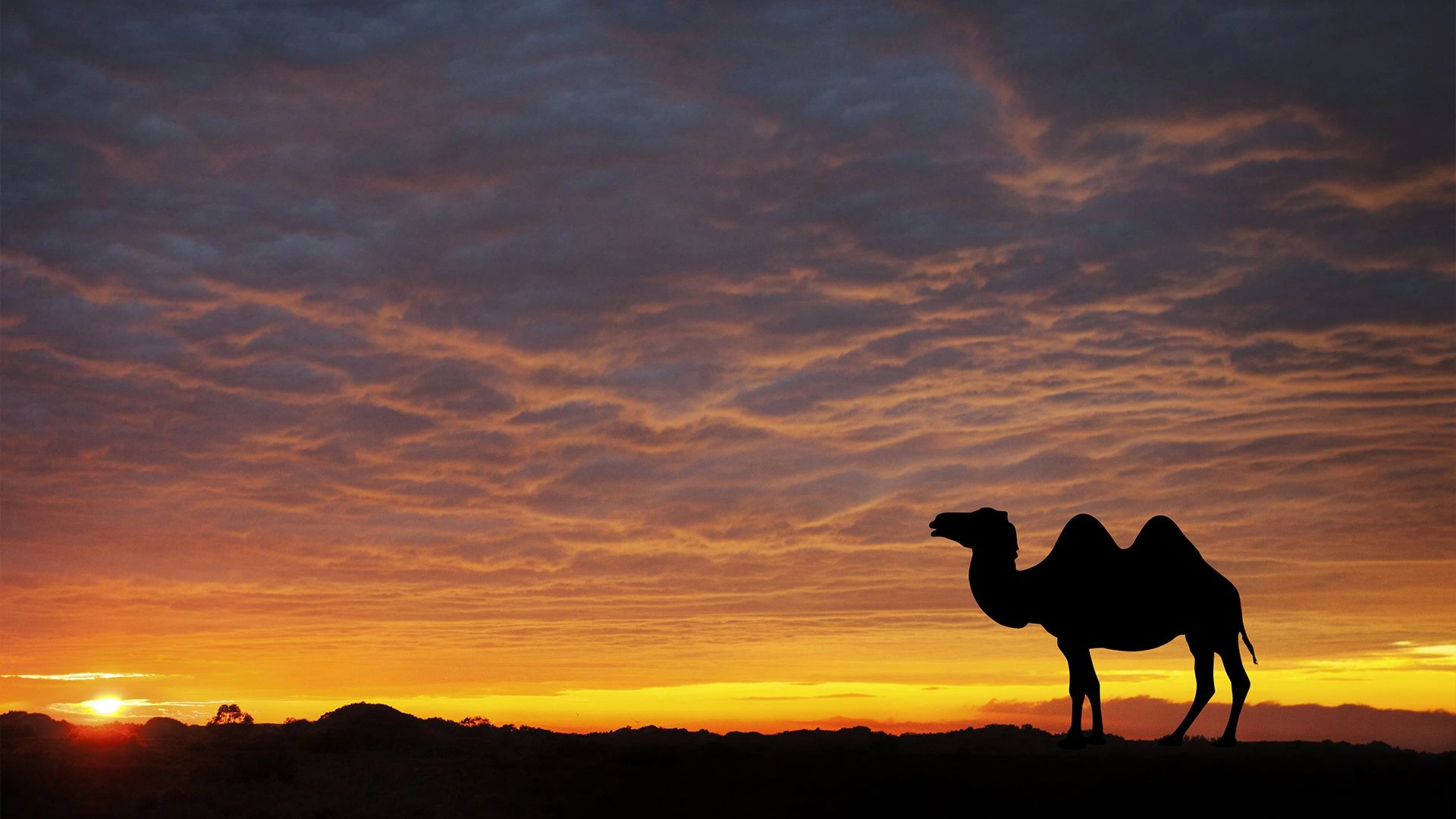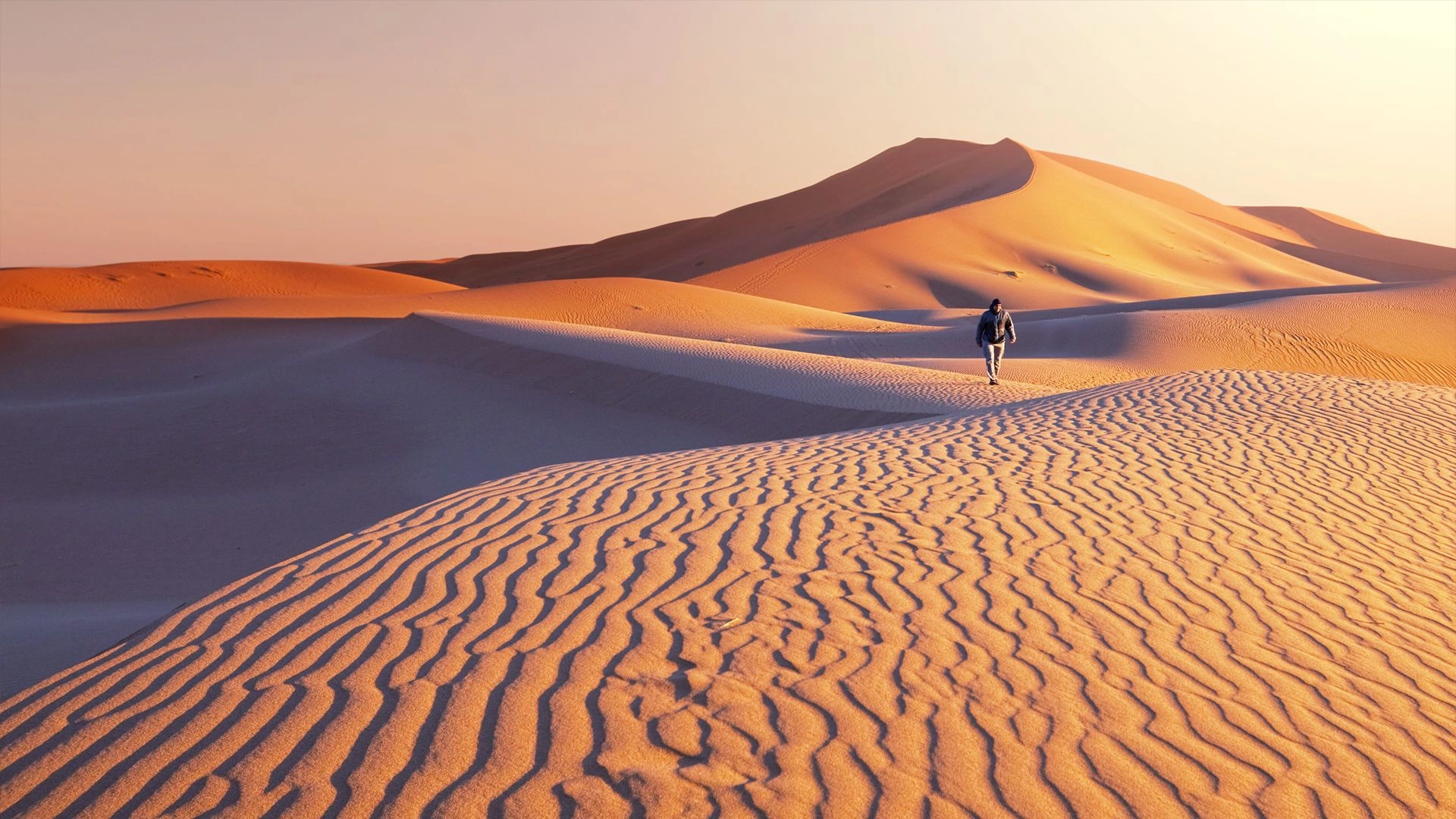Where to travel in Mongolia?
When you think of Mongolia, you may imagine a destination so far and remote that only the most experienced of travelers can travel. However, it is much easier than you think. Mongolia is a huge country, with different climate zones, and with various landscapes and can be divided into six different regions:
1.Southern Mongolia
This is a vast desert covering one-third of the total land mass of Mongolia. There are numerous sites in the Gobi Desert, such as sand dunes and oases, archaeological and paleontology sites. The Gobi makes Mongolia a unique destination to visit for its famous discoveries, natural beauty and people. The Gobi is a truly enchanting region, ever changing with the seasons. In the summer, the Gobi turns green, with fantastic wide carpets of flowers of all colors. In the winter, The Gobi turns into one of very few places where one can see sand dunes all covered in snow.
The Gobi Desert
The Gobi is one of the world's least densely populated regions, with nomadic families living far apart, much due to the lack of water resources and good grazing areas. Many of these nomads have been herding Bactrian camels traditionally, and large herds can still be seen today, gently walking along the vast plains. However, the Gobi region is currently under huge threat of overgrazing due to a rapid and massive increase in herds of goats to provide for the cashmere industry.
2. Western Mongolia
Dominated by the Alai Mountains, Mongolia’s highest range rising 4,374 meters (14,350 feet) above sea level, Western Mongolia is a land of sheer beauty. The area is also inhabited by the largest number of ethnic groups in Mongolia. Many travelers visit western Mongolia to meet the Kazakhs, a Muslim minority that still practice and preserve the centuries-old tradition of hunting with Golden Eagles.
Camping by Altai Mountains, Western Mongolia
Our Western Mongolia tours can be divided into two parts, the south and the north. The southern part of Western Mongolia on the slopes of the Altai region offers unique opportunities for wildlife watching, with even a chance of sighting the extremely rare Snow Leopard, while the northern region of western Mongolia dominated by Uvs Province, home to Mongolia’s largest lake, and where the Kharkhira Mountain range is towering.
3. Northern Mongolia
Sharing a border with Russia, Mongolia’s neighbor to the north, influences the local economy and culture. As one travels up north, the typical Mongolian gers gradually make way for solid wooden houses, typical usually to the people of Siberia. And the highlight of northern Mongolia is Lake Khuvsgul, one of the world's largest freshwater reservoirs and its amazing surroundings are home to several of Mongolia’s ethnic minorities, including the Reindeer people, as well as a refuge for a wide variety of wildlife.
Khuvsgul Lake, Northern Mongolia
Northern Mongolia tours boast a rich, typical Siberian Taiga landscape. Vast pine forests covering the rugged terrain consists of rolling hills, big rivers and swampy marshlands.
4. North-East Mongolia
The Khan-Khentii mountain range lies to the north-east. This mighty mountain range, stretching all the way to the Russian border, is the cradle of Mongolian society and culture as we know it today. This is the birthplace of Temujin, the little brave boy who turned to be Chinggis Khan, the founder of the Mongol Empire, the largest contiguous land empire in history, and the forefather of the Mongolian nation. This is a land of fertile meadows, numerous lakes, and substantial rivers.
Khan Khentii, North-Eastern Mongolia
Our North-Eastern Mongolian tours to the massive Kherlen and Onon Rivers offer travelers beautiful landscapes, rarely visited by foreigners, as well as visiting the ruins of Baldan Bereeven Monastery, now slowly being renovated to its old glory as home for some 8,000 monks back in the 19th century.
5. Eastern Mongolia
Eastern Mongolia comprises vast open steppes, with rather monotonous landscapes. It is also known as the ‘land of cranes’, as in summer time, 7 species of crane, some of them extremely rare, nesting by the rivers and lakes of the region.
Eastern Mongolian steppe
The vast grasslands of Dornod and Sukhbaatar are perfect place to watch huge herds of Black-Tailed Gazelles migrating through the vast planes in search for good graze.
6. Central Mongolia
Central Mongolia lies on the northern slopes of Khangai, Mongolia's second largest mountain range. This is a prosperous land of rivers, vast open meadows and forested rolling hills. Many Mongolian nomads graze their herds in the lush grown plains of Khangai.
Terelj National Park, Central Mongolia
Our Central Mongolia tours offer a wide range of travel opportunities. The most obvious, and most common, is an overland trip by vehicle, but for those looking to go beyond the beaten trail, the region is a perfect setting for day hikes and multi-days trekking and horseback riding adventures.
Each of these regions has a unique appeal. However, over the years we have found that central, southern and northern Mongolia are the most popular destinations, probably because of the relatively good travel-related infrastructure and the diversity of landscapes, as well as the ability to meet and visit nomadic families throughout the trip.



